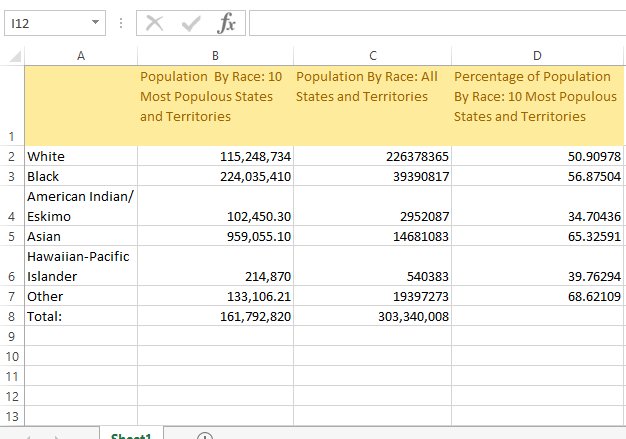


- #Arcgis 10.3 assignment 10 *3 how to
- #Arcgis 10.3 assignment 10 *3 software
- #Arcgis 10.3 assignment 10 *3 code
If not, you may manually copy R commands enclosed in the ``` code blocks into any R console, provided that your current working directory (reported by getwd()) corresponds with the location where the tutorial files are located.īefore proceeding to interactively run code in the rest of the R Markdown document, select Restart R and Clear Output from the menu, and then run the following block to configure the R environment to help with the display of outputs in the resulting R Notebook, and to prepare a example.gdb file geodatabase from an empty template in the data/ folder: Note: The remainder of this document is written with the expectation that you are working with the R Markdown file in RStudio. In the top-right corner of the source editor, you may click the maximize icon to toggle the maximized state of the panel, and use as much screen space as possible to display the document’s source code.The R-Markdown source code for this document will open in the Source editor window in the top-left. Open the File tab in the top-right panel (based on the layout options recommended in the R Scripting Basics tutorial), and click on the file named 3-R-ArcGIS-Scripting.Rmd.Open the r-arcgis-rstudio.Rproj file in RStudio.To work with the R Markdown source for this document:
#Arcgis 10.3 assignment 10 *3 how to
You will learn how to read and write data from ArcGIS datasets, and manipulate and analyze spatial data in the R programming language.
#Arcgis 10.3 assignment 10 *3 software
It further enables integration of R with ArcGIS software through the ability to create script tools in ArcGIS toolboxes that execute R code.īy completing this tutorial, you will become familiar with the use of the arcgisbinding and the capabilities it introduces to the R environment. The arcgisbinding package resolves the challenge of working with ArcGIS datasets by introducing to R a set of functions and classes that facilitate reading, writing, and manipulating ArcGIS datasets in the R programming language.

However, it can be a challenge to integrate with other data types or software environments. While the language and environment have evolved over the past two decades to incorporate many other capabilities, this initial focus provides R with almost every statistical model and data manipulation technique that you would need for modern data analysis. R is different from many other programming languages, in that it was developed primarily for data analysis and computational statistics. Learning how to incorporate ArcGIS datasets into your R scripts to perform data analysis will greatly extend the possibilities that exist for analyzing both spatial and non-spatial data. Before you can create these tools, you need to develop an understanding of how to work with the arcgisbinding package that is installed by the R-ArcGIS bridge. You can use R in conjunction with ArcGIS to develop tools that can broaden the functionality of ArcGIS. The R user community has seen substantial growth in recent years, and is expected to continue growing due to the increasing popularity of statistical data analysis.


 0 kommentar(er)
0 kommentar(er)
